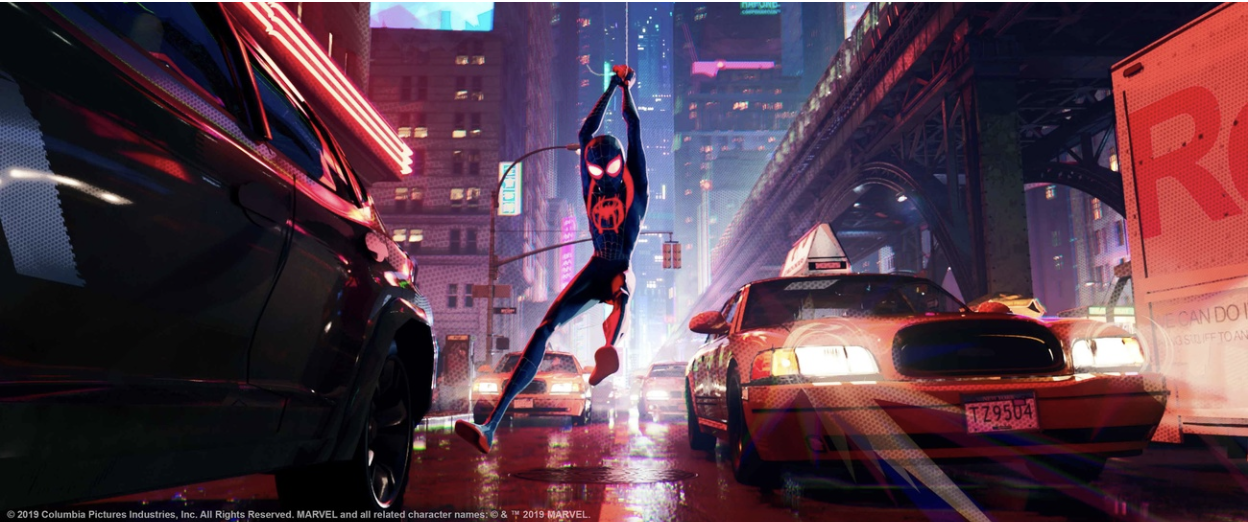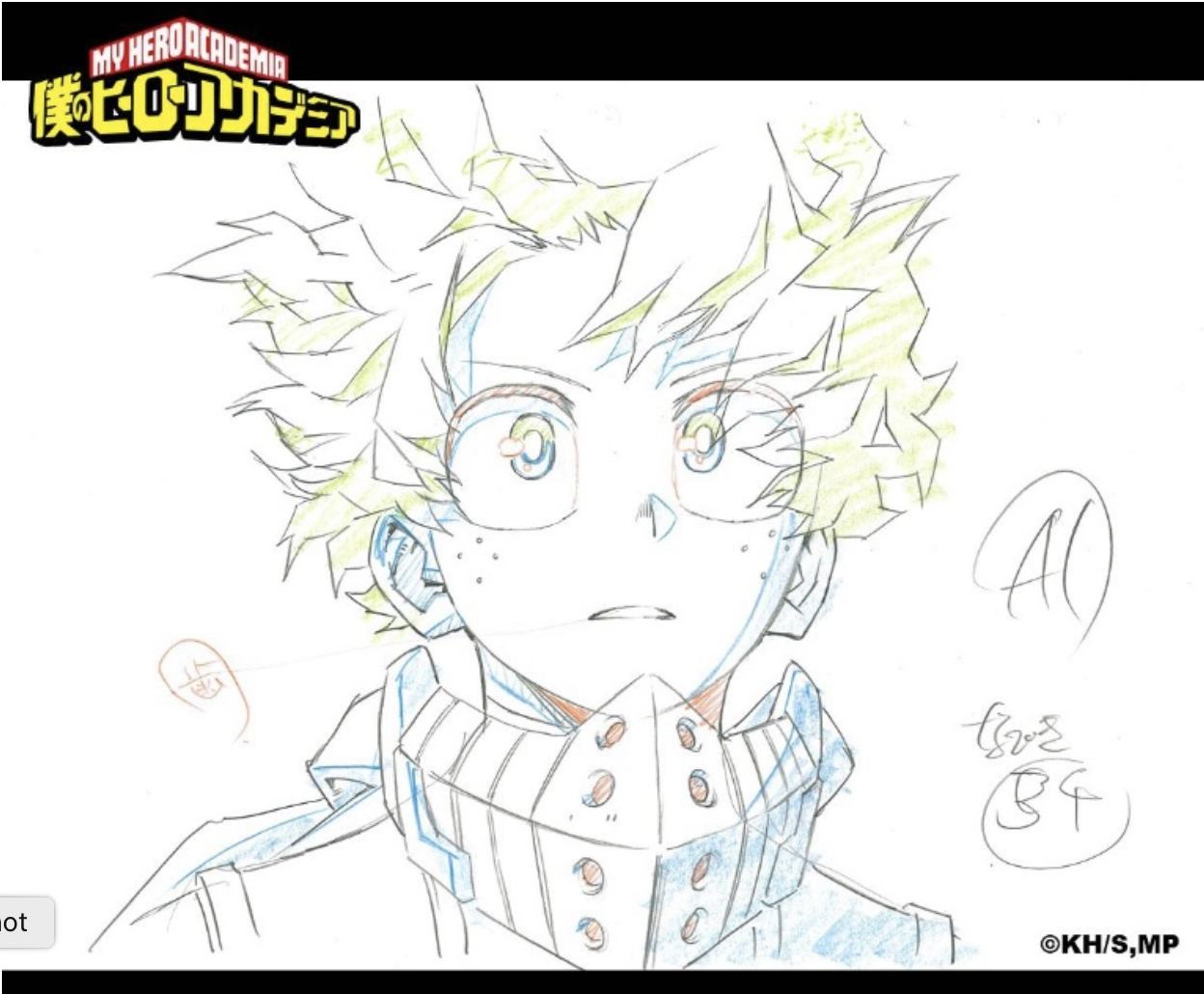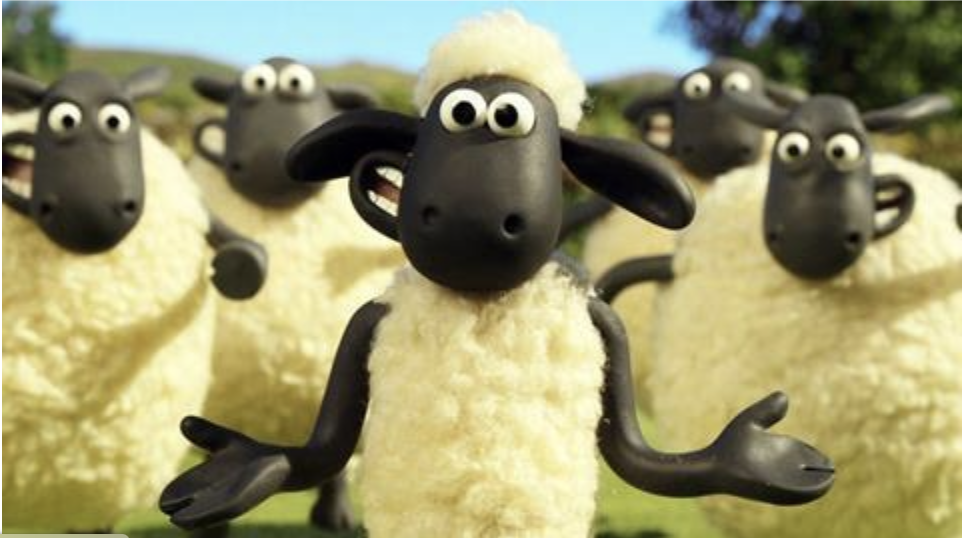THE DIFFERENT TYPES OF ANIMATION
The Different Types of Animation
From adventurous Pixar movies, exciting television series, and even commercial advertisements, the art of animation is used in numerous aspects of media and communication. It is the art of giving objects the illusion of movement, and it has become a widespread medium that is loved by many. Most people are probably familiar with the 3D animation style of many modern animated movies or the style of 2D animated classic Disney movies or anime series. However, animation techniques are not confined to merely 3D and 2D. Below are some of the different types of animation, their brief explanations, and their examples so you can watch them for yourself!
The first type of animation is known as traditional or cel animation. To make cel animation, any movement is drawn frame by frame, meaning animators need to make thousands of hand-drawn images to give characters the illusion of life. This technique was mainly used in the past before advancements in technology. For example, it is used in making Walt Disney’s “Snow White”, “Cinderella”, and many other movies after. Even so, it is still used today and can now be done using digital tablets. In fact, many cartoons like Disney Channel’s “Amphibia” are still animated by hand-drawing the frames on paper! Not to mention, most Japanese animations also use this animation style.
Source: https://www.instagram.com/p/CUe2pvTv_O5/?utm_source=ig_web_copy_link
The second type is 2D animation. Distinct from traditional animation, 2D animation means vector-based animation. Instead of redrawing every character’s part in each frame, easily accessible technology allows the animator to rig their characters and just move the body parts like a puppet.
The third style is 3D animation or computer animation. With 3D animation, artists need to sculpt or model a character on the computer and rig them so they can be moved. So, 3D animation is actually similar to moving a puppet digitally. Computer programs can also help fill in some movements, but the animators still need to make keyframes and understand motion. This style is very popular now and is used for many full-length movies like Pixar’s “Turning Red” and television series like the children’s show “Upin and Ipin”.
Another technique is called stop motion. An animator would move models or puppets to make stop motion animation and take a picture of each frame-by-frame movement. When all those images are compiled, the characters will come to life. Stop motion can be made with clay models, paper cutouts, action figures, or other materials. The series “Shaun the Sheep” and the movie “Coraline” by the studio Laika are some well-known examples of stop motion.
Source: https://d1nslcd7m2225b.cloudfront.net/Pictures/480xAny/5/1/0/1211510_Shaun-.jpg
The last animation style discussed will be motion graphics. This technique is used to animate shapes, texts, and other visual elements. It is rather different from the previously mentioned animation styles, which are commonly used for storytelling because motion graphics are often used for advertisements, animated logos, or opening titles.
This article may have mentioned only five distinct styles of animation. Still, as a medium overflowing with potential, there are many ways to experiment with materials or software to produce interesting visual effects. The Cartoon Network show “The Amazing World of Gumball” mixes various art and animation styles, while “Spiderman Into the Spider-Verse” amazingly blended 3D and 2D animation with comic book aesthetics. As far as technology can cooperate with creativity, there will always be ways to combine the strengths of all the different animation styles.
References
https://www.britannica.com/art/animation
https://www.nyfa.edu/student-resources/5-types-of-animation-finding-inspiration-in-all-styles/
https://affordableschools.net/lists/5-types-of-animation/
https://twitter.com/Radrappy/status/1471956212132429825?s=20&t=CaAr1_ZeWm-BHPqyt92ydQ




